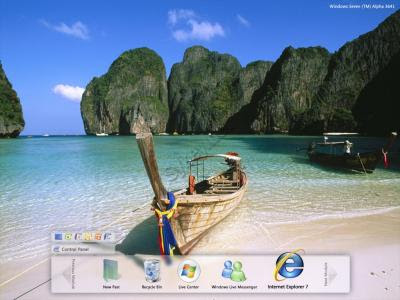 Google while searching looks for keywords in Filenamespermalinks- The url of the published posts , Title of the Posts and also the Description of the posts .While naming the Title and giving Description of the Posts is in the user's hand but Blogger Posts Permalinks are generated automatically by blogger on when the user posts .
Google while searching looks for keywords in Filenamespermalinks- The url of the published posts , Title of the Posts and also the Description of the posts .While naming the Title and giving Description of the Posts is in the user's hand but Blogger Posts Permalinks are generated automatically by blogger on when the user posts .The Permalink is calculated as the first six words of the title seperated by '+' sign and the common words like the , a removed .
To get better google ranking these permalink also play a vital role . So how to get a posts permalink of one's choice ?
1. Make a Title consisting the keywords of your choice and in the right order .
2. Publish the Post .
3. Open the same post again for editing in blogger or some offline tool like w.bloggar.
4. Here you change the Title of your choice and republish the post again.
In this way you will get the Post Tilte as well as the post url (permalink ) both of your choice .











